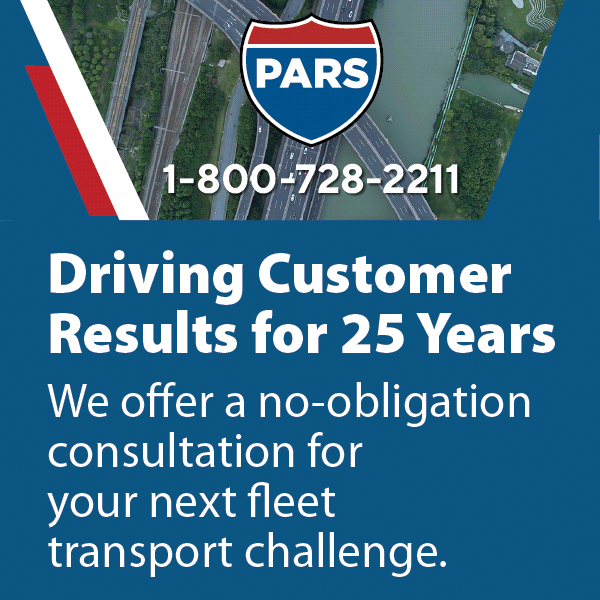
By Ed Dubens, CEO/Founder of eDriving
August 8, 2022
The driver risk management and safety industry has long encouraged messaging centered around changing driving behavior to reduce incidents and collisions in an effort to reduce the growing number of serious collision-related injuries and fatalities. At the same time, the world at large has largely accepted road traffic collisions and fatalities as an inevitable side effect of sharing the roads and an acceptable price for the freedom driving affords.
But, what if a future with zero collision-related injuries and fatalities was within our power to create?
The National Highway Traffic Safety Administration (NHTSA) reports that human error is involved in 94% of all collisions*. At first glance, this statistic does not suggest that a world with zero traffic deaths or severe injuries is within our reach, however it does suggest that most collisions can be prevented! As the fields of public safety, health, and well-being evolve and grow across the world, so, too, does the need for a unified vision and alliance of all stakeholders, including city, state, provincial and country leadership, transportation professionals, policymakers, public health officials, emergency services, and community members, to address the complex challenges of keeping the public safe while driving and/or using roads/sidewalks for walking, cycling or using public transportation.
Zero-related objectives and language have a long history in the safety and risk management industry as they supported and encouraged safe driving behaviors to greatly reduce the risk of injuries and collisions. Although incidents and collisions will still occur into the future, the ultimate objective MUST be a collaborative unification towards a structured and sustainable future of zero traffic injuries and fatalities. As a result, there is a need to have a common meaning of “zero”.
 Enter the bridging concept of Vision Zero. The concept of Vision Zero originated in Swedish Road Traffic Safety in the 1990s and has since spread to international road traffic safety policy and other driver risk management fields including the United States. Vision Zero has gained traction as a preventative technique in recent years and has helped to spark a growing interest in occupational health and safety.
Enter the bridging concept of Vision Zero. The concept of Vision Zero originated in Swedish Road Traffic Safety in the 1990s and has since spread to international road traffic safety policy and other driver risk management fields including the United States. Vision Zero has gained traction as a preventative technique in recent years and has helped to spark a growing interest in occupational health and safety.
The main focus of Vision Zero is not just on how to create and grow a preventative culture in businesses, but also more broadly across networks and industries and at the local, national, and international levels to create a holistic approach that prioritizes road safety as a public health initiative.
A Vision Zero approach has some key strategic differences over a more traditional approach to safety worth thinking about:
• Road traffic deaths are preventable versus inevitable
• Integration of human failings into the strategy versus expectation of perfection at all times
• Focus on prevention of fatalities and severe crashes versus all collisions
• Systemic approach versus individual responsibility
• Savings lives is not expensive versus too expensive
Focusing on reducing preventable traffic injuries and fatalities through the lens of Vision Zero is worth the effort for several reasons. As a multidisciplinary strategy, Vision Zero brings together many essential parties to address numerous complicated issues of public health and safety on the road. The norm has not always been for local traffic planners and engineers, legislators, and public health experts to work together effectively across disciplines. Vision Zero recognizes that many elements contribute to safe mobility, including roadway design, speeds, behaviors, technology, and legislation, and establishes clear goals to accomplish the shared goal of zero fatalities and traffic injuries.
 From a business perspective, while it is easy to reduce the far-reaching effects of severe collision-related injuries and fatalities down to business operations and liability costs and lost workdays, there are many more important socioeconomic effects that are just as impactful to our communities. These can include a variety of health and safety issues, such as emissions, pollution, and sustainability impact, emergency response strain and long-term healthcare costs, personal financial and emotional tolls to individuals and families, and reduced accessibility for all road users, including pedestrians, cyclists, and other motorists. Communities that are serious about achieving Vision Zero must admit that carrying on as normal won’t cut it and that structural changes are required to achieve real strides.
From a business perspective, while it is easy to reduce the far-reaching effects of severe collision-related injuries and fatalities down to business operations and liability costs and lost workdays, there are many more important socioeconomic effects that are just as impactful to our communities. These can include a variety of health and safety issues, such as emissions, pollution, and sustainability impact, emergency response strain and long-term healthcare costs, personal financial and emotional tolls to individuals and families, and reduced accessibility for all road users, including pedestrians, cyclists, and other motorists. Communities that are serious about achieving Vision Zero must admit that carrying on as normal won’t cut it and that structural changes are required to achieve real strides.
At eDriving, we support and believe in the future of Vision Zero. At the heart of our Crash-Free Culture® programs is the establishment of clear expectations that all drivers return home safely to their communities and loved ones at the end of each day and that collisions are not an inevitable part of driving for work. Imagine a world where ALL organizations, large and small, with employees driving for work purposes, team up with each other, as well as their local towns, cities, states, provinces and country road safety leadership, under a unified mission statement to all work together to eliminate fatalities and severe crashes while driving for work purposes – now THAT would be a game changer and big step on the path to Vision Zero!
*NHTSA study examined the major crash causes and found that a mere 2% of crashes were caused by the environment, another 2% were caused by the vehicles, and 2% came from “unknown” causes. A full 94% of crashes, meanwhile, were caused by mistakes made by drivers.




